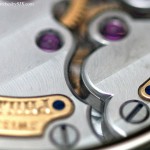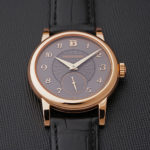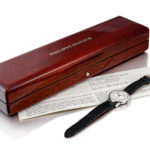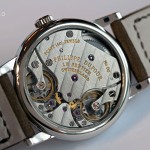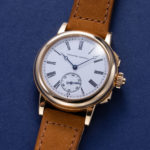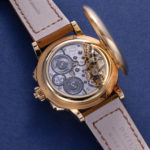Up Close: Philippe Dufour Duality No. 3
A landmark watch of the Vallée de Joux.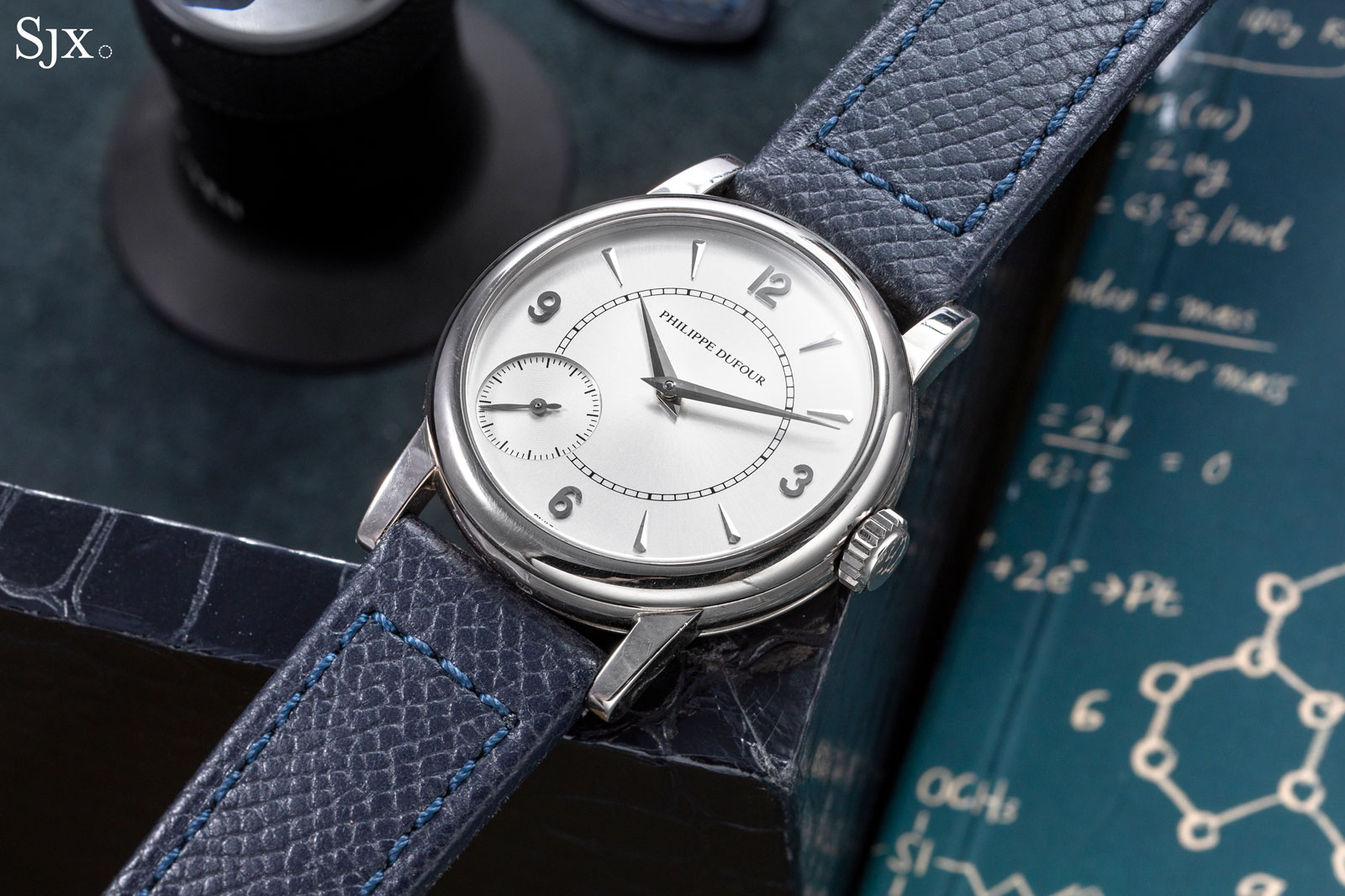
The most significant example of independent watchmaking in Phillips’ upcoming New York sale is Philippe Dufour Duality no. 3 in white gold. One of just nine made, this Duality is unusual in several respects. For one, it is delivered with two dials, each representing one of Mr Dufour’s trademark style – silvered and a white lacquer resembling enamel.
Besides being an exceptionally rare watch, this Duality is also significant for its provenance: the current owner is both a gentleman and a collector with a discerning eye. In fact, he recognised the importance and appeal of the Duality well before most others did.
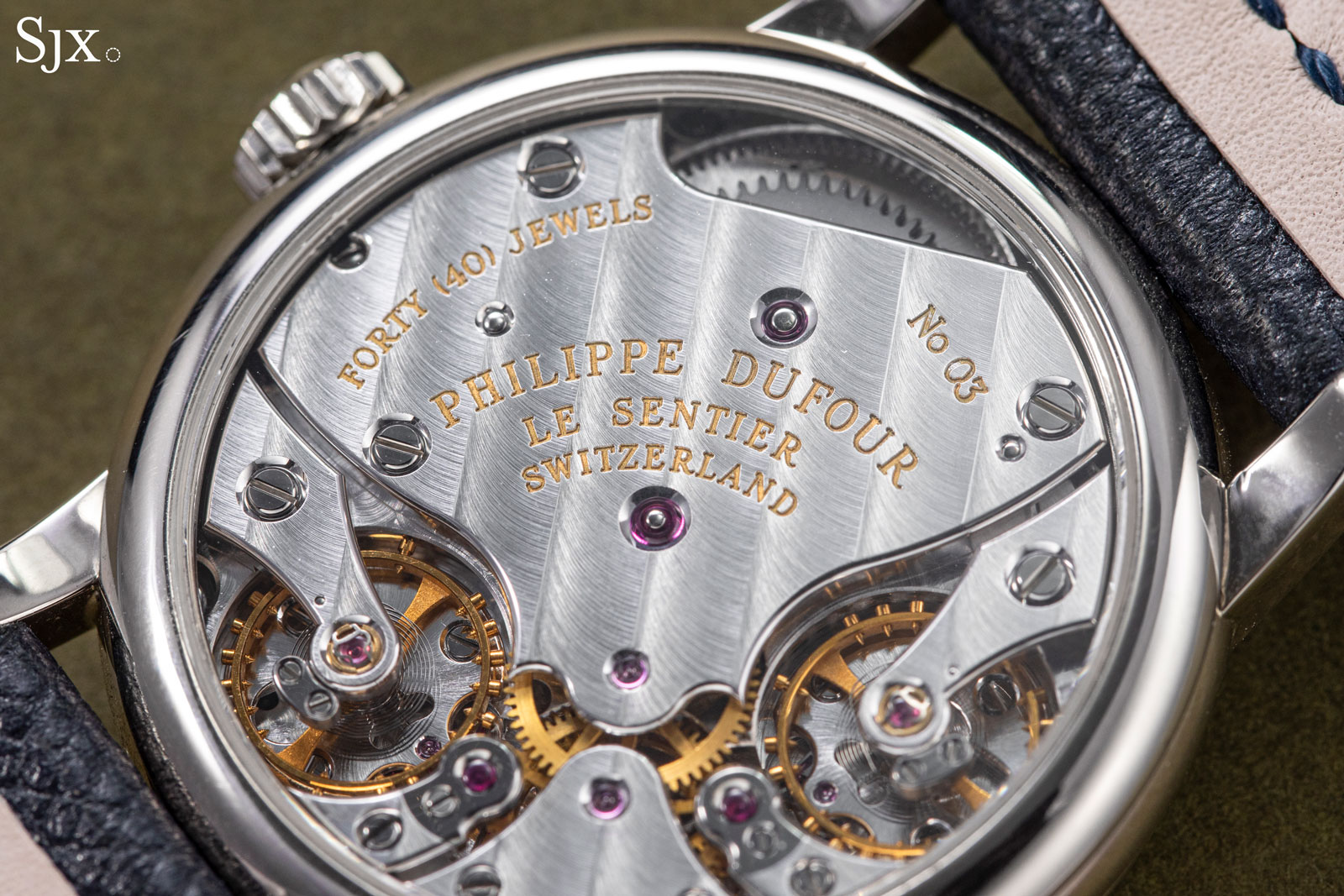
At the time he bought this watch, now almost 20 years ago, a Philippe Dufour Simplicity was selling for barely more than a Lange Datograph. In fact, there were sought-after Panerai and Audemars Piguet Offshore models selling easily for more than a Simplicity.
The owner’s discerning and forward-thinking taste in watches can also be inferred from his other watches in the sale. Amongst them is an F.P. Journe Tourbillon Souverain ref. TN – with a special-order 38 mm case instead of the conventional 40 mm, as well as a matched, three-piece set of the F.P. Journe Vagabondage in platinum.
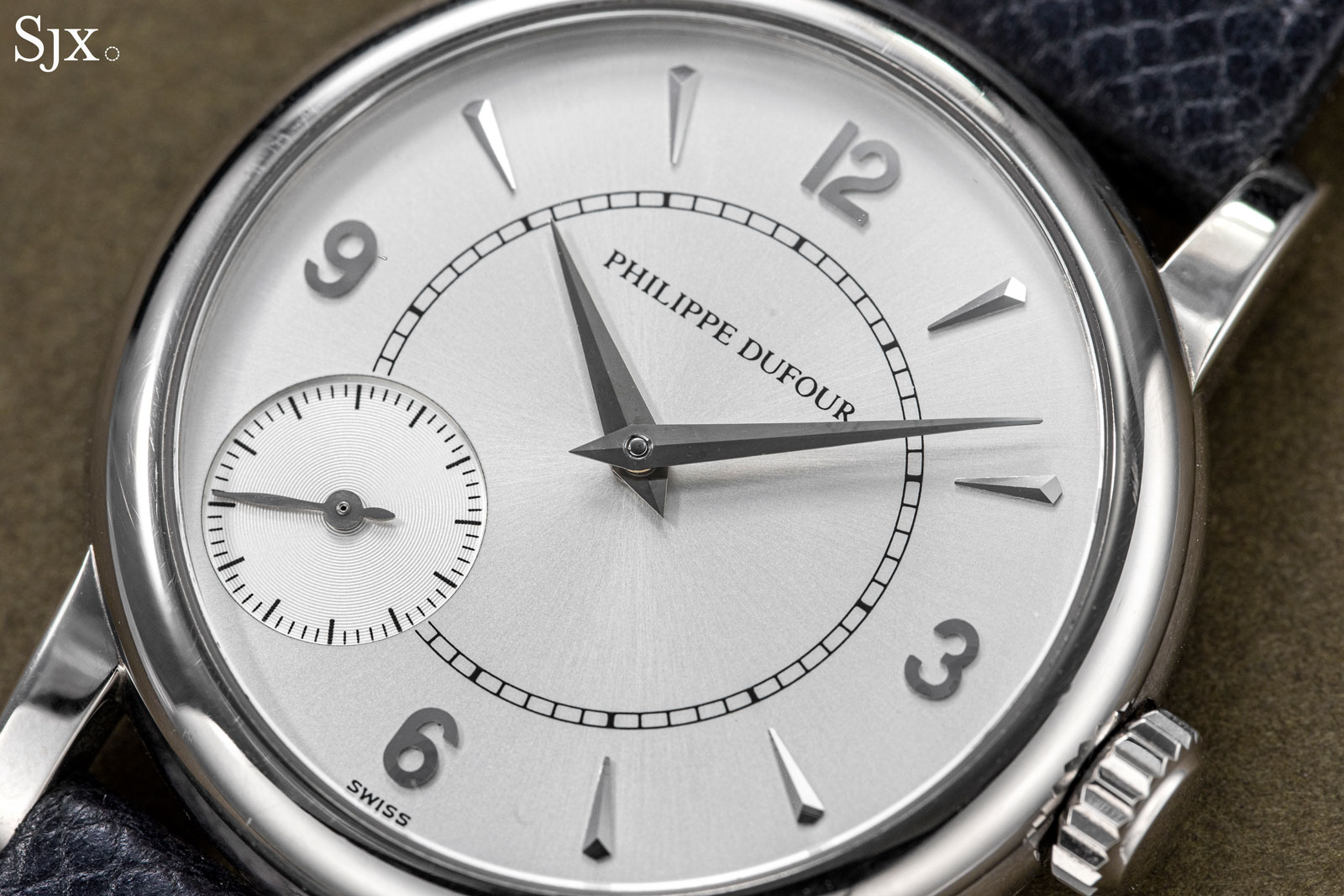
A tribute to the Vallée
Launched in 1996, the Duality is one of the two landmark double balance wheel watches in contemporary watchmaking, alongside the F.P. Journe Resonance that debuted four years later.
While the Resonance is arguably more abstract and inventive in its concept, the Duality is a logical construction that’s perfectly executed, and built on a foundation firmly rooted in the historical watchmaking of the Vallée de Joux, just like Mr Dufour’s other creations.
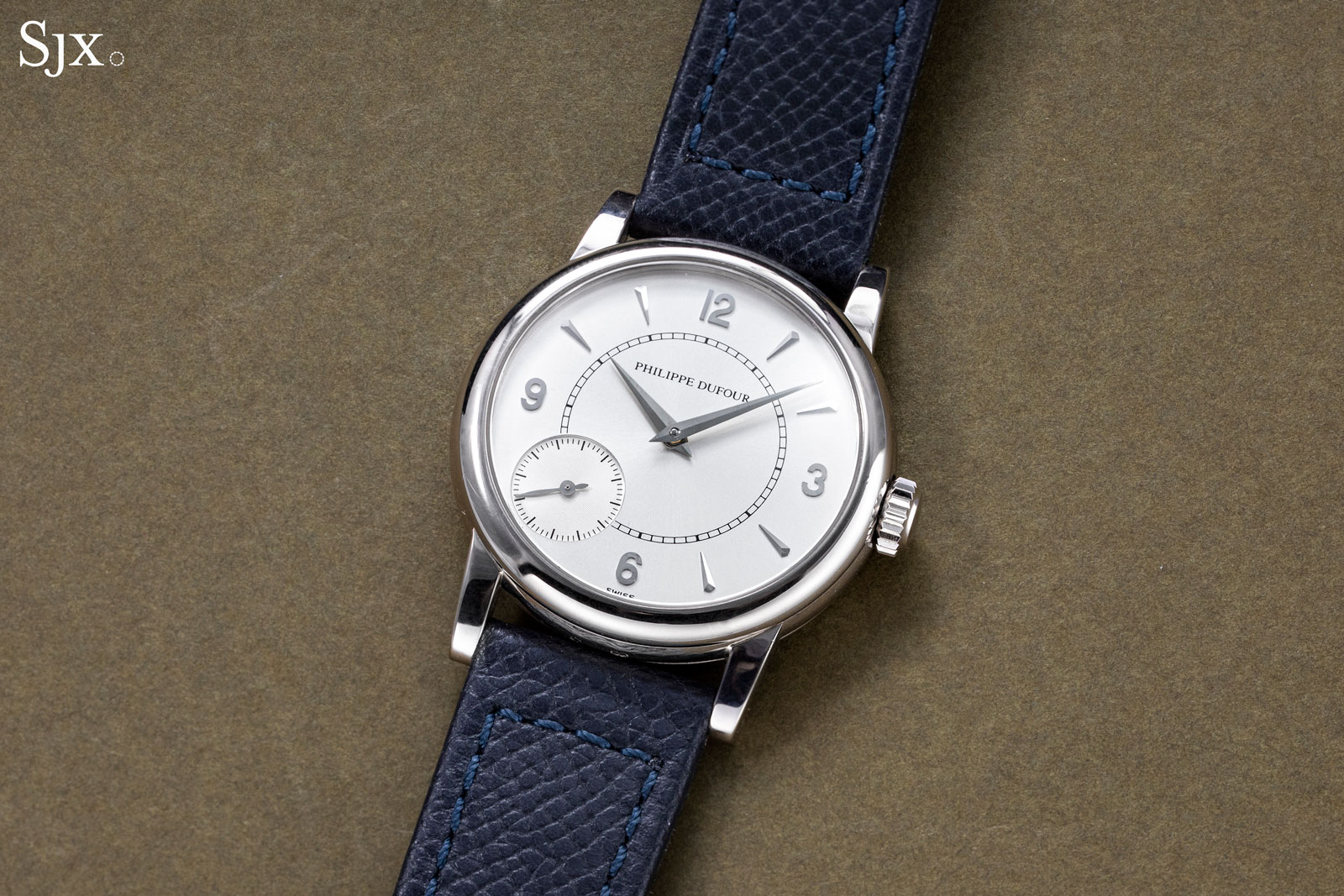
The origins of the Duality lie in several double balance pocket watches made by the students of watchmaking schools in the Vallée De Joux, namely Ecole Polytechnique de la Vallée de Joux (EPVJ) and the Ecole d’Horlogerie of Le Sentier.
It is believed only 10 or so such pocket watches were made the pupils of those technical colleges during the 1930s, including one by Albert Piguet, who completed the watch before he graduated from Ecole d’Horlogerie of Le Sentier, later becoming the technical director of Lemania.
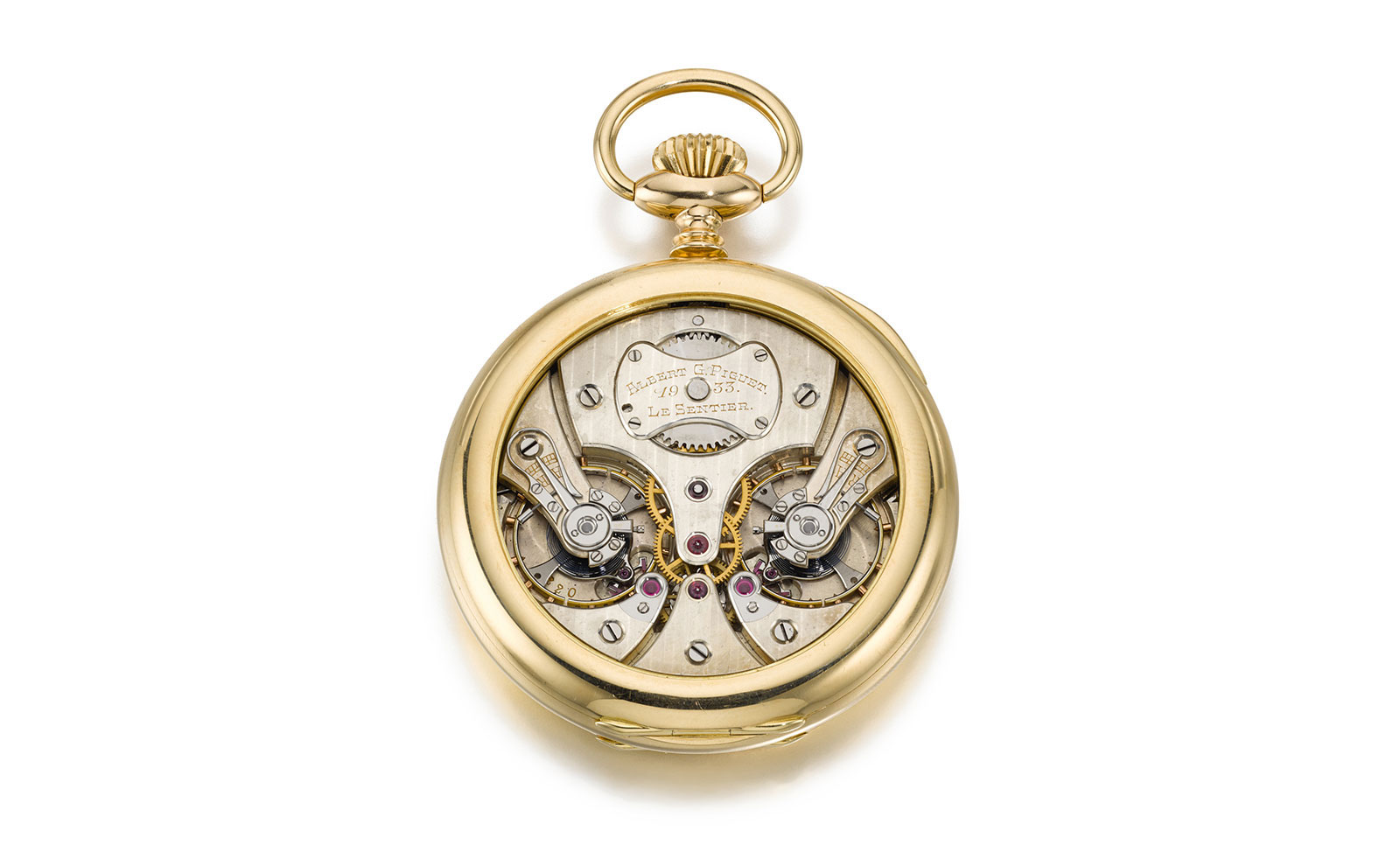
The Albert Piguet double balance pocket watch. Image – Christie’s
Though individually different in both size and technical implementation, all operate on the same fundamental principle – a pair of oscillators linked by a differential. This set up means the time displayed is the average rate of both oscillators, theoretically resulting in superior timekeeping.
The ”duality” pocket watches are amongst the most interesting creations to emerge from the Vallée de Joux colleges. Given Mr Dufour’s reverence for the region’s watchmaking, it is unsurprising he decided to recreate the concept in a wristwatch. He did the same a few years earlier with the Grande Sonnerie – perhaps the greatest complication (ebauche) ever made in the Vallee – first as a pocket watch and then as a wristwatch.
Mr Dufour originally planned to make 25 of the Duality, but stopped at nine. The Duality turned out to be challenging to produce – and even more difficult to sell – so it made little sense for him to continue the series after he introduced the Simplicity in 2000.
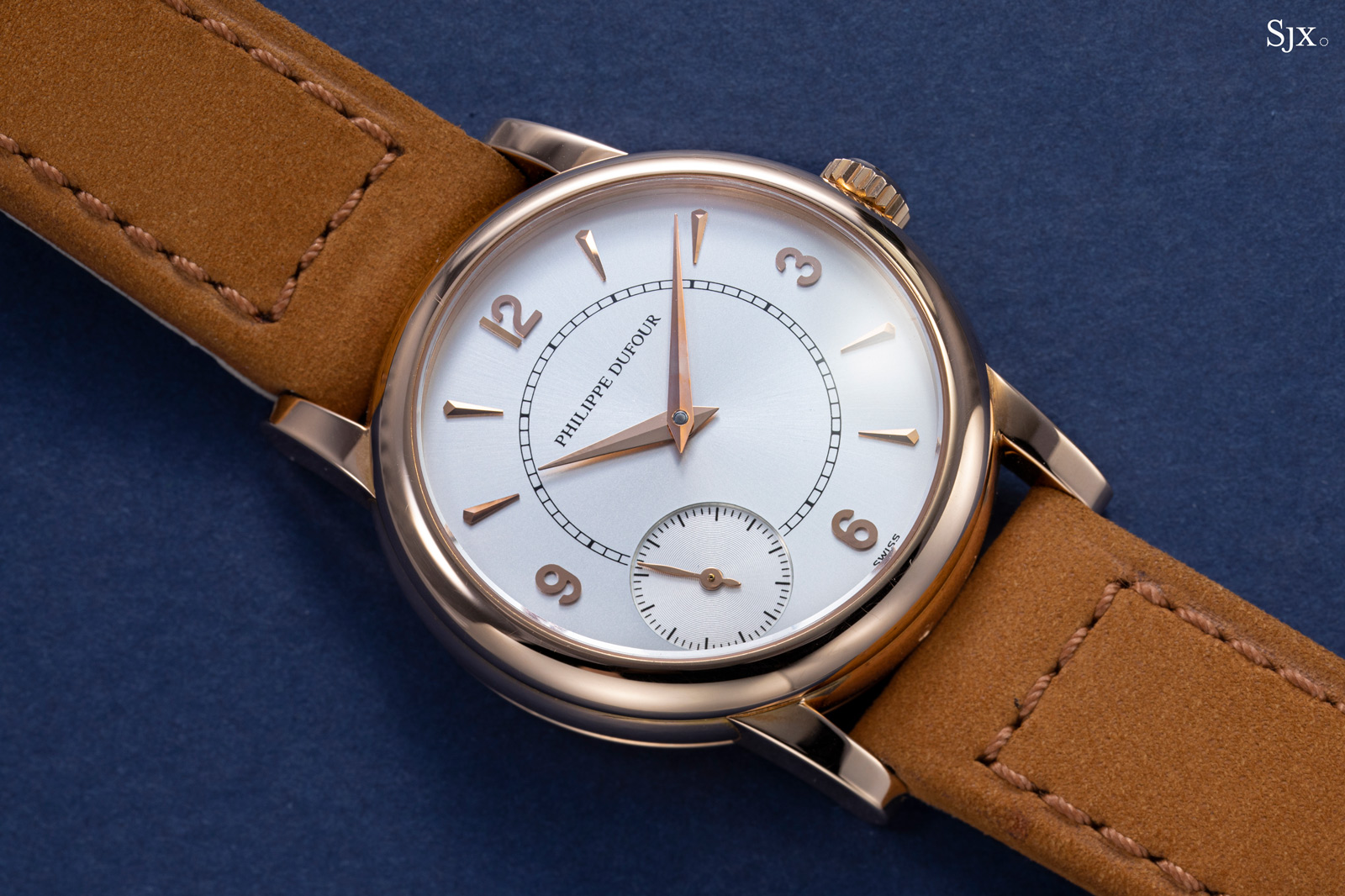
Another example of the Duality
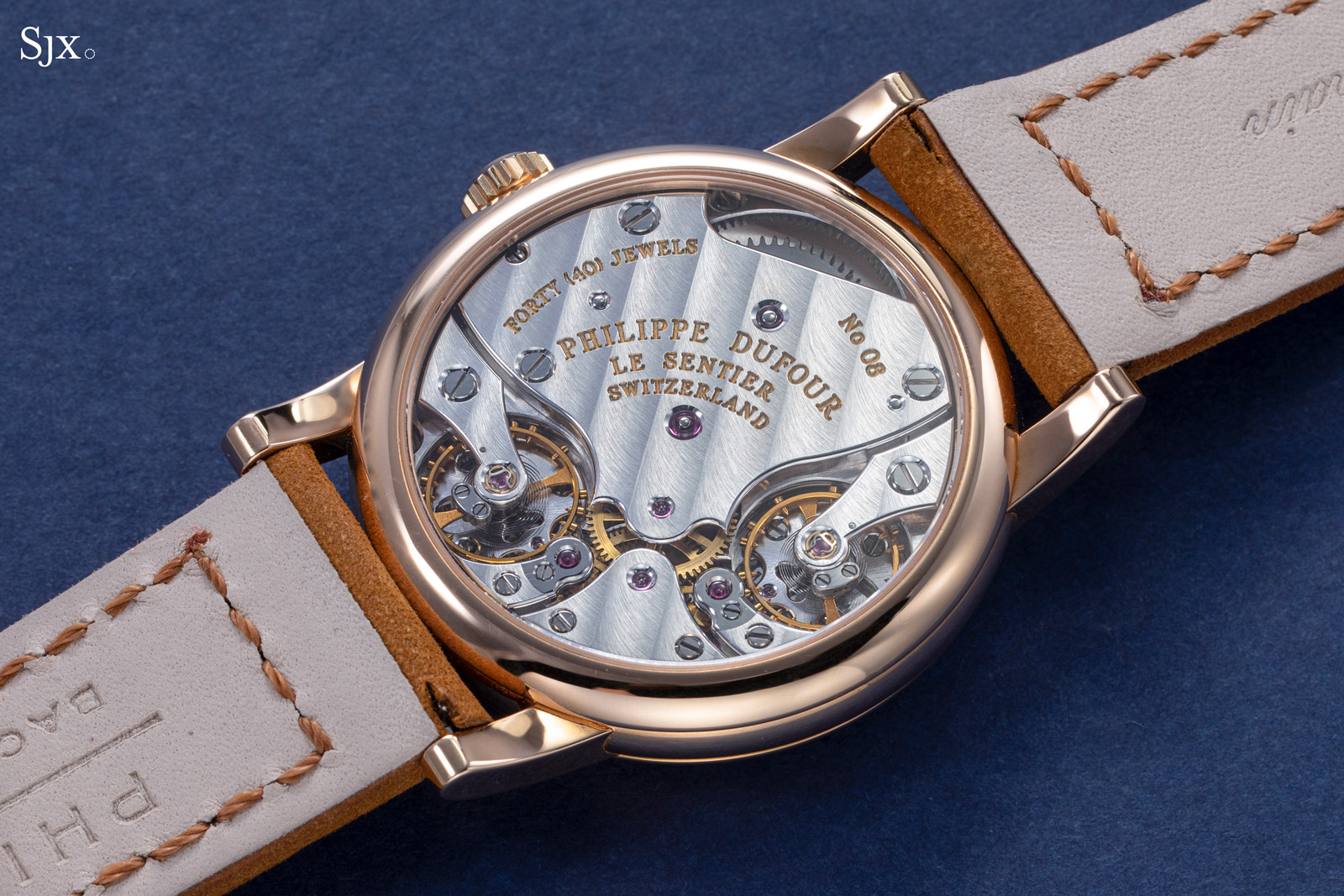
This one in pink gold and numbered “08”
Simple with a twist
Though different in dial styles and case materials, all nine examples of the Duality were identically sized at 34 mm, just like the first Simplicity, reflecting the taste of the time.
The case is compact and thin, and barely different from the Simplicity case. In fact, the case is surprisingly ordinary for a watch of this calibre, but understandable given Mr Dufour’s stylistic inspiration, namely mid-20th century gentlemen’s watches that were simple on the outside but equipped with high-quality movements.
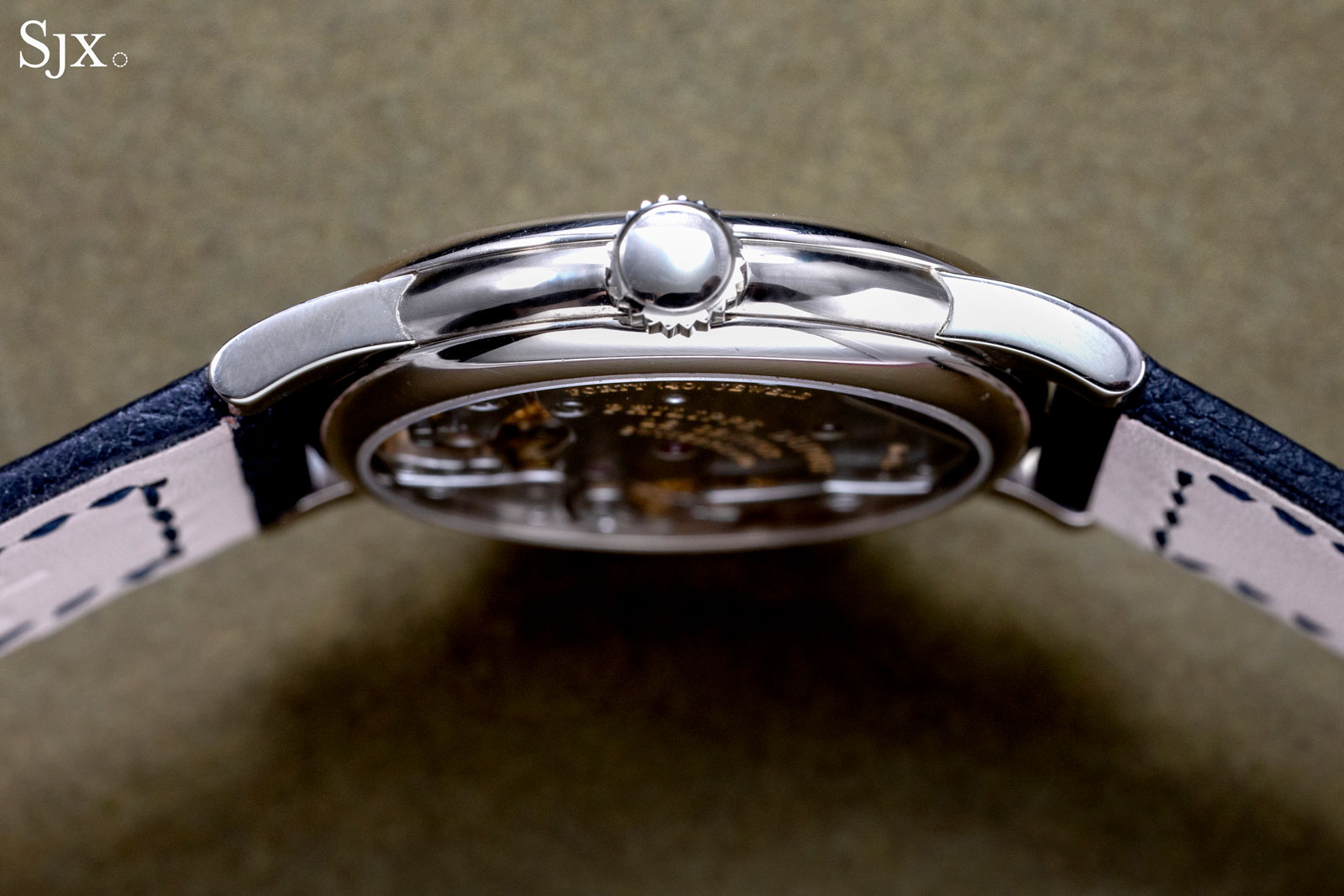
In fact, the Duality could be mistaken for a Simplicity at a distance. The twin dials of this Duality are both nearly identical to their Simplicity equivalents.
The silvered dial currently installed in the Duality is almost identical to the Simplicity version, including the hour markers and railway minute track, but it lacks the guilloche centre found in the Simplicity. This dial was actually requested by the current owner, who found the original lacquered dial made the watch feel too small. It was Mr Dufour who suggested installing a silvered dial to increase its visual presence, since Mr Dufour would not (and has never) re-cased a watch to make it larger.
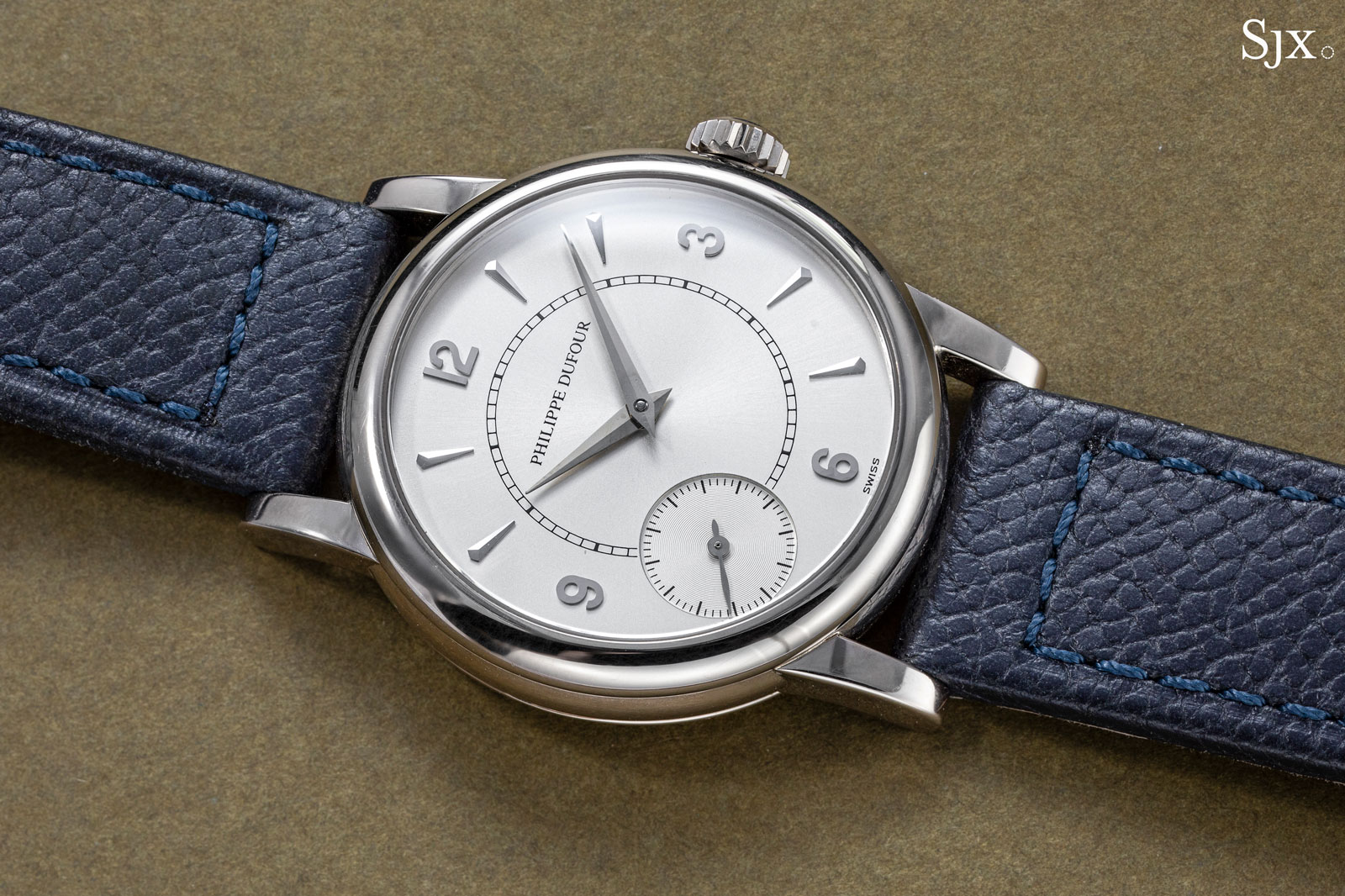
The lacquered with Roman numerals was the original one delivered with the watch. It is practically identical to the Simplicity’s, right down to the Arabic numerals on the seconds. And it is also reminiscent of the dials on the first run of Grande Sonnerie wristwatches.
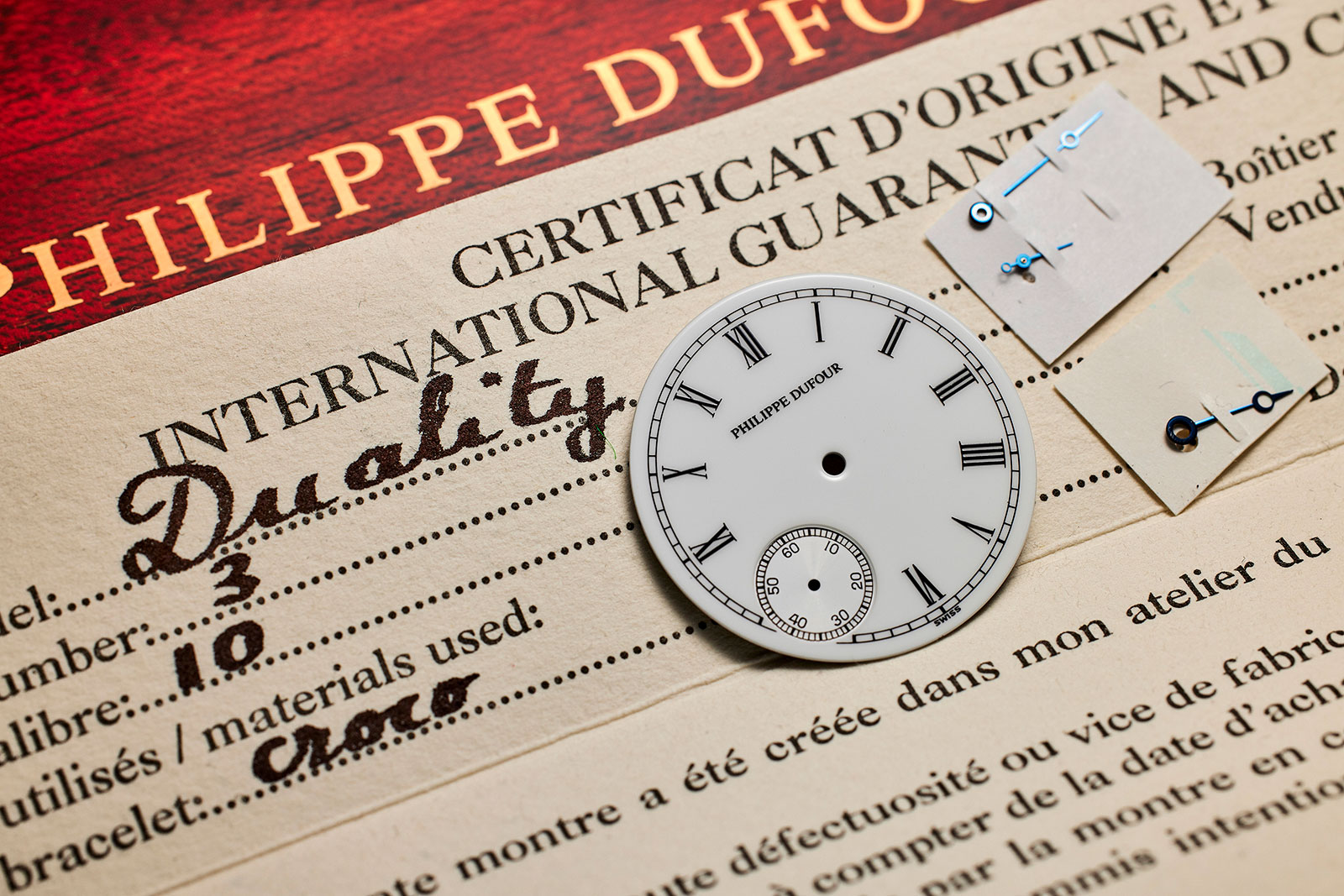
The additional dial is in white lacquer and complete with Breguet-style hands. Image – Phillips
The only detail that gives the Duality away is the off-centre seconds register that’s located at seven o’clock. The position of the seconds hand is a consequence of the double-balance wheel movement – the seconds sits where the differential is and displays the average rate of the two oscillators.
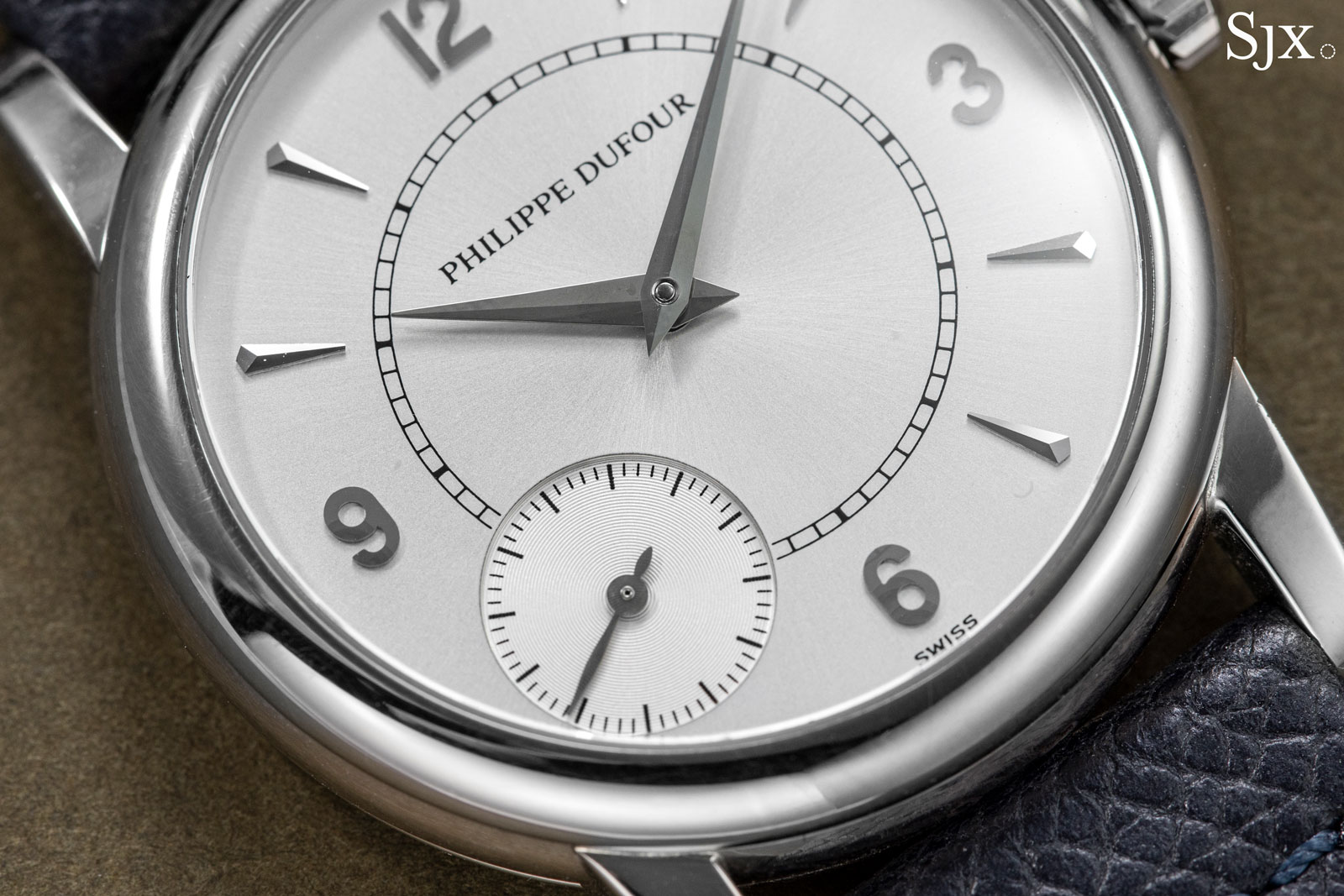
The movement of the Duality has a pleasing symmetry that is typical of double-balance movements. The large bridge secures the single barrel and going trains.
On either side the twin balance wheels, each with a steel-capped cock for its escape wheel. In between the escape wheels is the cock for the differential that links both balance wheels.
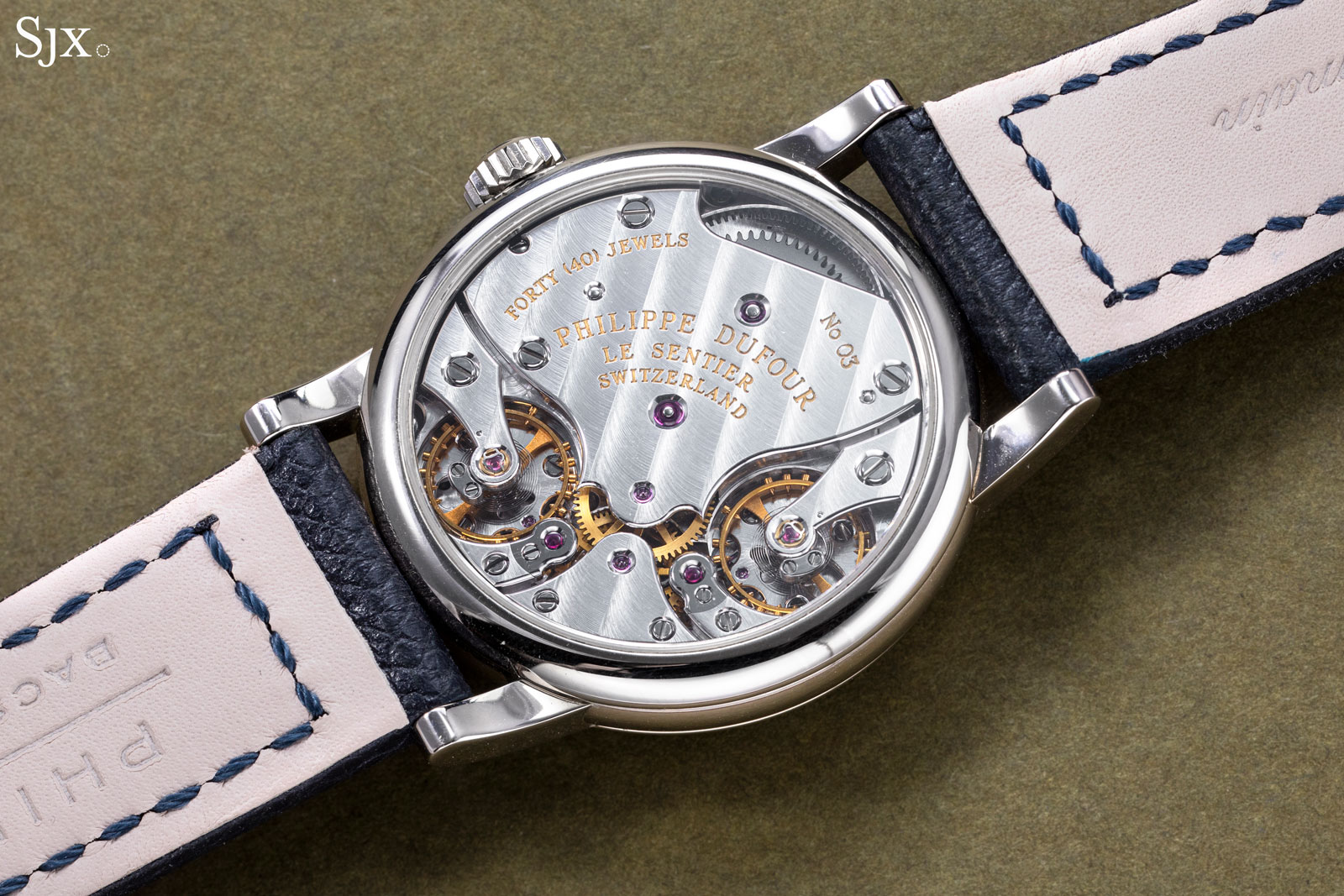
A differential is a simple mechanical device with three drive shafts – with the speed of the output shaft being the average of the two input shafts. This is executed in a straightforward manner in the Duality, the output from the differential is the average twin balance wheels.
Some two decades later, Greubel Forsey would implement the exact same concept in a far more elaborate manner (with inclined balance wheels and a differential integrating a remontoir) inside the Double Balancier, indicating how far ahead of its time the Duality was.
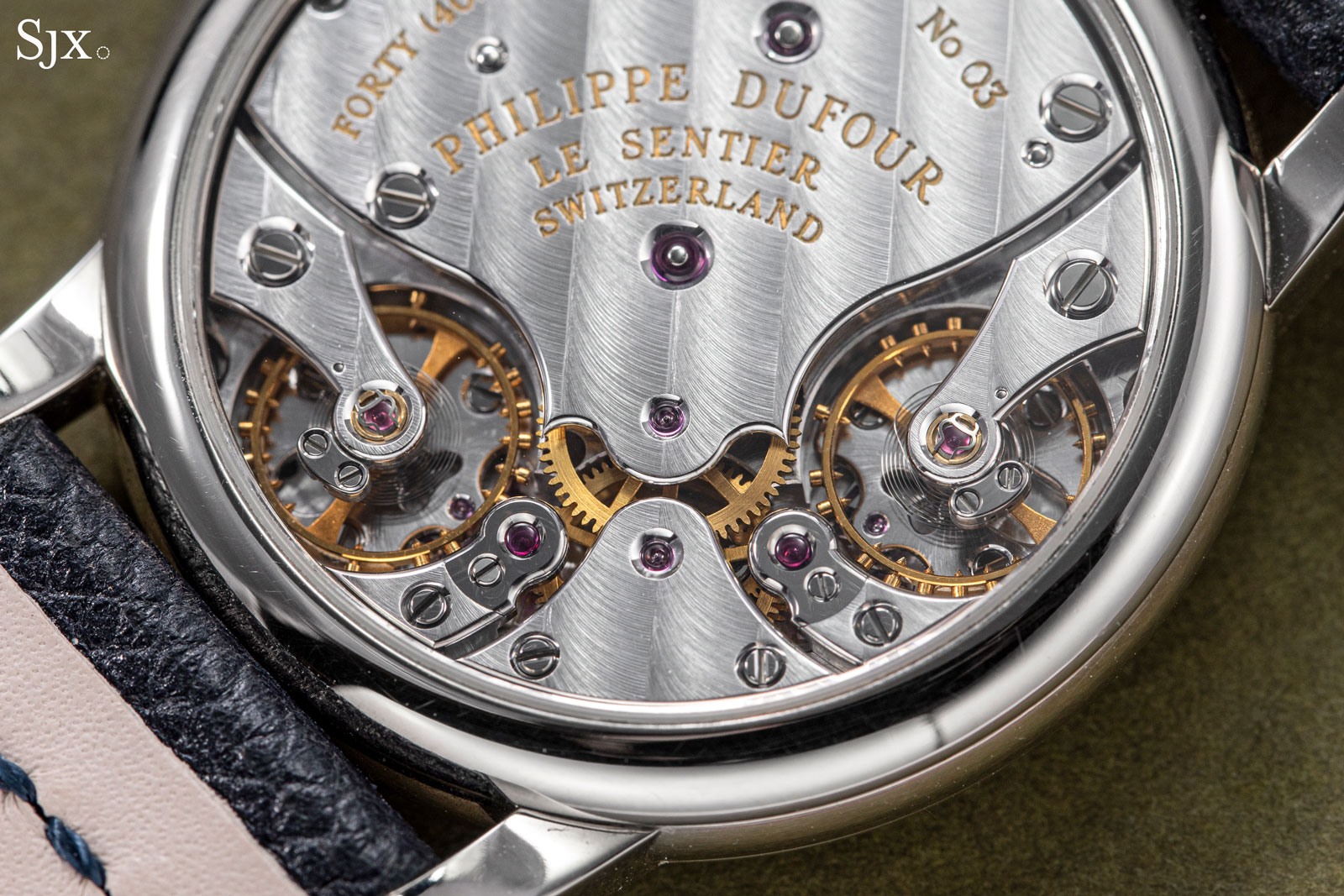
The style that would later define the Simplicity movement in both aesthetics and finishing is already evident in the Duality.
The bridges are finished with lustrous, generously spaced Côtes de Genève. All edges are carefully bevelled and polished, including the spokes of the wheels and the almost-hidden bridges for the pallet levers.
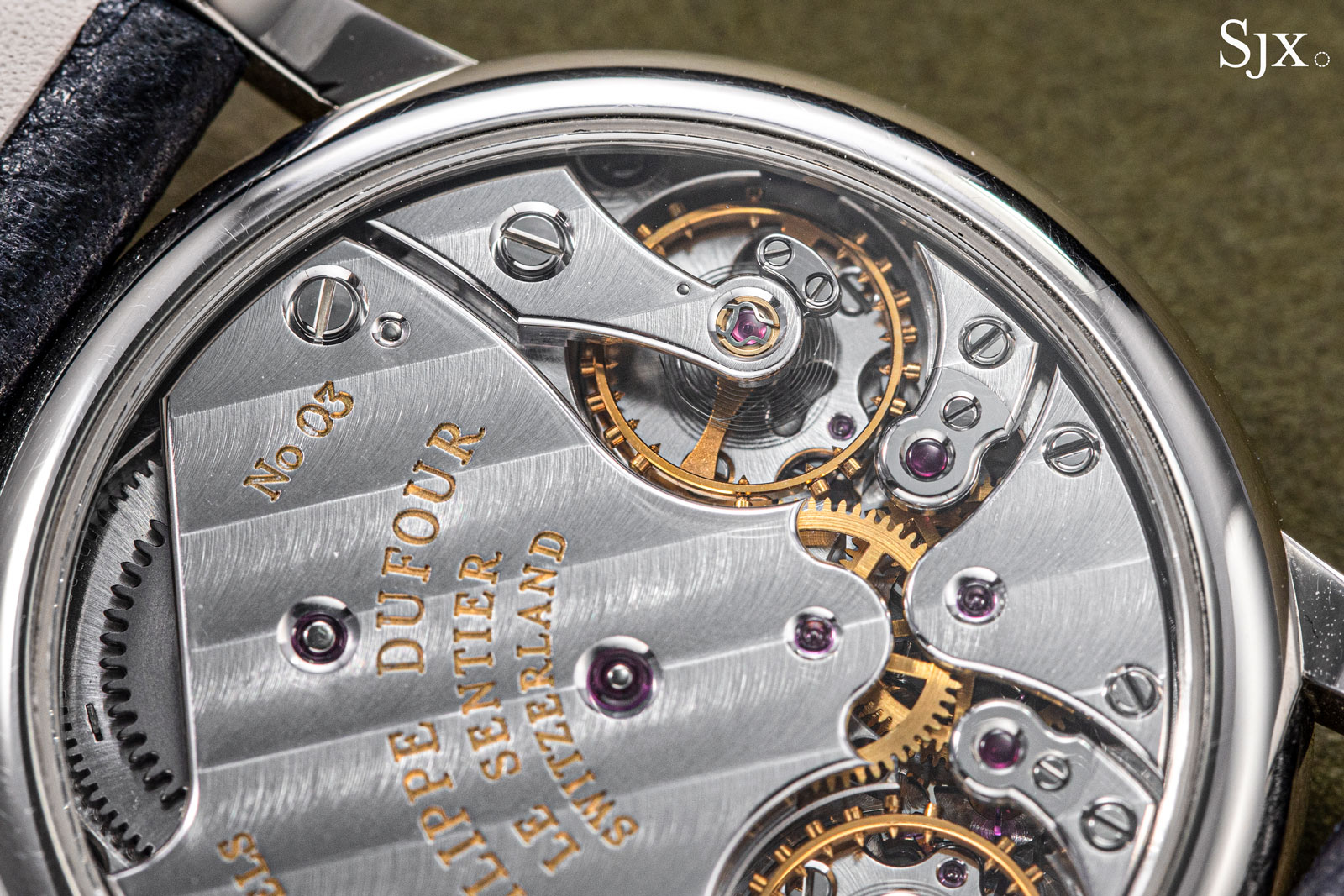
The barrel bridge has twin sharp points on either side of the third wheel pivot jewel – these “horns” serve no purposes except to show off Mr Dufour’s mastery of decoration. These horns would later make it into the Simplicity and also inspire later generations of watchmakers.
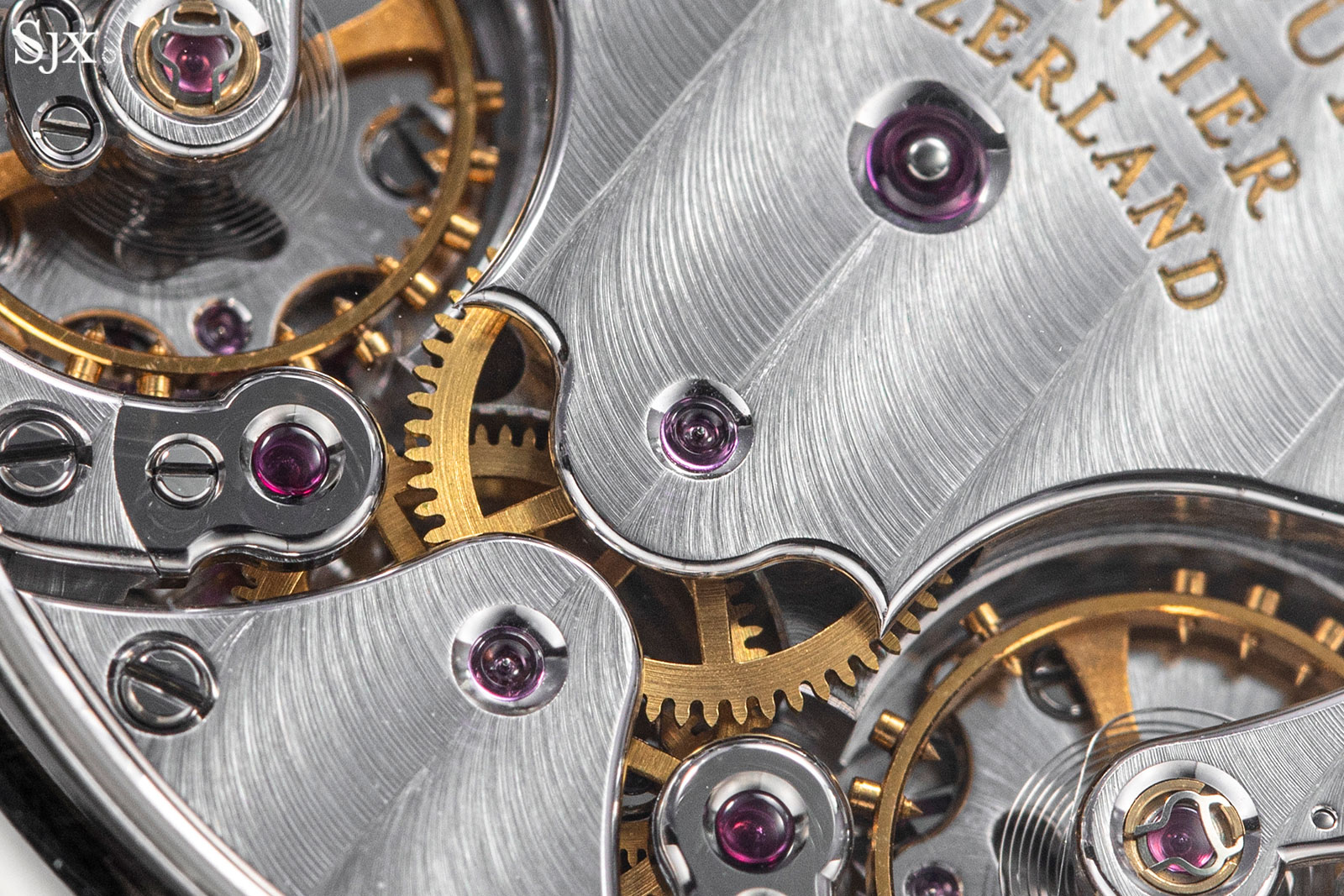
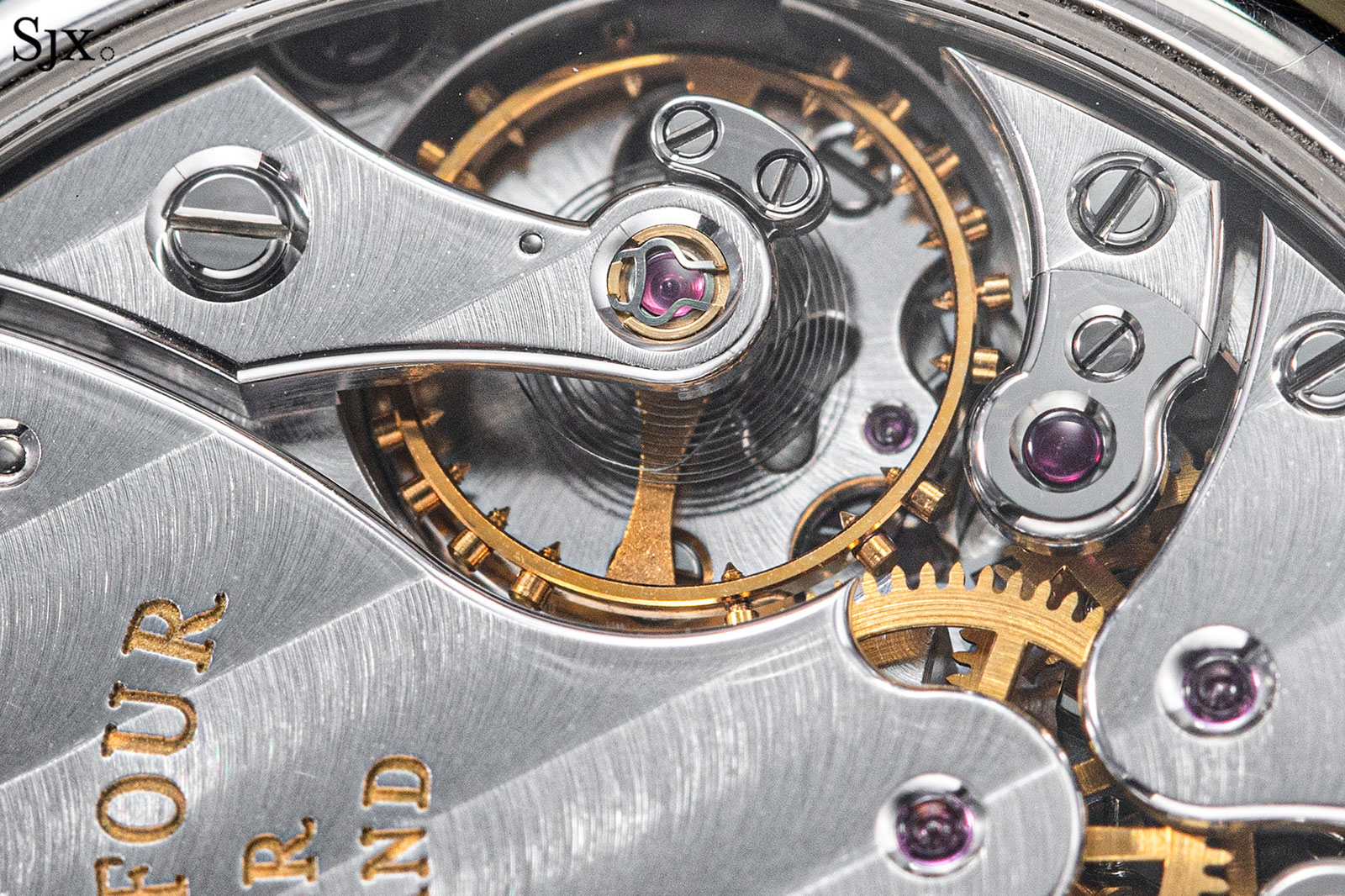
Dive in even closer into the movement and it becomes clear in a handful of details that Mr Dufour had perfected his decorative techniques even further on the later Simplicity watches. The Simplicity gained a more elaborate black-polished winding click for instance.
But the Duality is unquestionably a more important watch, both as a pioneering wristwatch complication and as a descendant of its Vallée de Joux ancestors.
Duality no. 3 is lot 87 in Phillips’ New York watch auction that takes place on June 8 and 9, 2024. For more, visit Phillips.com.
Addition May 29, 2024: Some background on the two dials incorporated.
Back to top.
